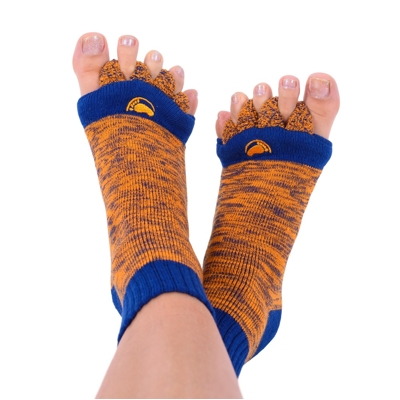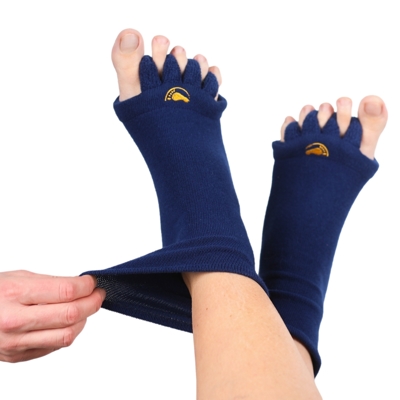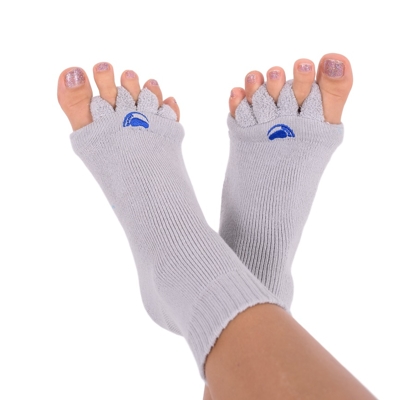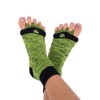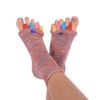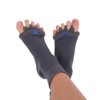What are barefoot shoes and what can they help you with?

Overstressed legs, wearing inappropriate shoes, and associated leg complications and deformities are making more and more people look for alternative footwear. One solution is barefoot shoes, or even just walking barefoot. Although this is currently a fashion trend, it is nothing new. What are barefoot shoes, and how can they help you?
What are barefoot shoes?
A barefoot shoe sounds like a conundrum. Let’s see what is meant by this.
Traditional footwear often restricts or compresses the foot, does not support strengthening the leg muscles, and so on. This can lead to, for example, pain, swelling and certain deformities, such as hammer toes or bunions. Barefoot shoes try to simulate barefoot walking as closely possible. It should be natural under certain circumstances and follow a few basic rules for a natural foot.
Our blog has some articles on whether barefoot walking is really healthy, as well as proper walking technique.
What do barefoot shoes look like?
Barefoot shoes are very different from traditional types. The sole is flexible and has a maximum thickness of five millimetres. There is also no incline from the heel to the tip of the toe, which means you have natural contact with the surface you walk or run on and maintain correct posture and weight distribution.
The tip of the shoe is wide enough to allow the toes to move freely and do their natural work. Barefoot shoes also lack an insole and support for the arch, which allows your foot arch to work naturally and your leg muscles to strengthen as you walk. Barefoot shoes are light enough not to overburden your feet.
Interested in how to choose suitable footwear for your feet? Read about it in our article.
Barefoot is not just a fashion trend
Anyone who thinks barefoot shoes are just another fashionable trend is wrong. People have always walked barefoot. Footwear that was originally designed to protect against cold and injury has gradually become a fashion accessory that now hurts feet rather than protect them.
Therefore, people are gradually returning to what has been natural for centuries. For example, Phil Hoffman compared walking barefoot to walking with shoes in his 1905 study. Despite this, interest has only increased recently, related also perhaps to a rising global trend in health awareness.
How can barefoot footwear help?
Switching to barefoot footwear may not necessarily be easy for everyone. For people who are used to only wearing solid, heavy shoes or heeled shoes, walking in barefoot shoes or without shoes at all can seem unnatural or even unpleasant. Just as with anything new, you should start gradually and be patient.
If you start wearing barefoot shoes or walking just barefoot, you can gradually lessen any foot pain and swelling you may suffer as a result of overstressing your feet by wearing inappropriate shoes. It will strengthen the foot arch, which can prevent flat feet. This also promotes proper posture, thus preventing other complications that do not directly concern the foot, such as back pain.
Besides Foot Alignment Socks, going barefoot is certainly one of the preventive measures that can keep your feet healthy!
But remember one thing - you should not walk on hard surfaces in barefoot shoes, they are not suitable at all for city walking.


